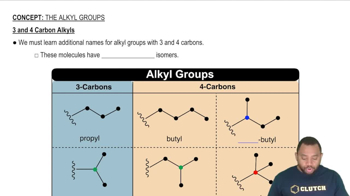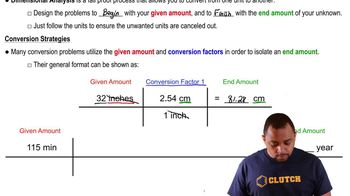A 201-lb man decides to add to his exercise routine by walking up three flights of stairs (45 ft) 20 times per day. Hefigures that theworkrequired to increasehis potential energy in this way will permit him to eat an extra order of French fries, at 245 Cal, without adding to his weight. Is he correct in this assumption?
It is estimated that the net amount of carbon dioxide fixed by photosynthesis on the landmass of Earth is 5.5 * 10^16 g/yr of CO2. Assume that all this carbon is converted into glucose. (b) Calculate the average rate of conversion of solar energy into plant energy in megawatts, MW (1 W = 1 J/s). A large nuclear power plant produces about 10^3 MW. The energy of how many such nuclear power plants is equivalent to the solar energy conversion?
 Verified step by step guidance
Verified step by step guidanceKey Concepts
Photosynthesis and Carbon Fixation

Energy Conversion and Units

Comparative Energy Analysis

Sucrose (C12H22O11) is produced by plants as follows: 12 CO2(g) + 11 H2O(l) → C12H22O11 + 12 O2(g) H = 5645 kJ About 4.8 g of sucrose is produced per day per square meter of the earth's surface. The energy for this endothermic reaction is supplied by the sunlight. About 0.1 % of the sunlight that reaches the earth is used to produce sucrose. Calculate the total energy the sun supplies for each square meter of surface area. Give your answer in kilowatts per square meter 1kW/m2 where 1W = 1 J/s2.
At 20 °C (approximately room temperature) the average velocity of N2 molecules in air is 1050 mph. (b) What is the kinetic energy (in J) of an N2 molecule moving at this speed?
At 25 °C (approximately room temperature) the rms velocity of an Ar atom in air is 1553 km/h. (c) What is the total kinetic energy of 1 mol of Ar atoms moving at this speed?
